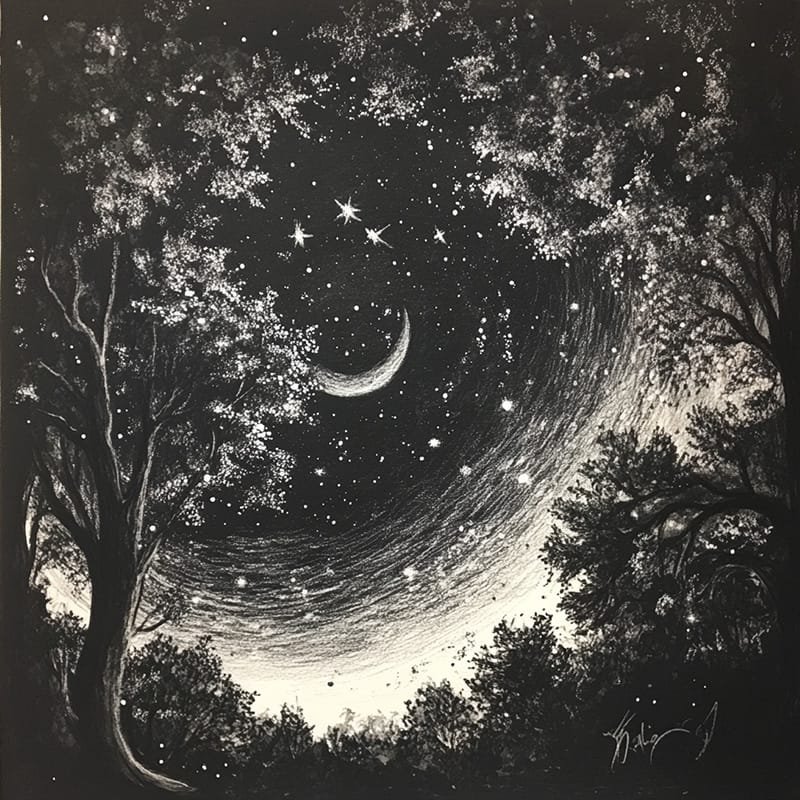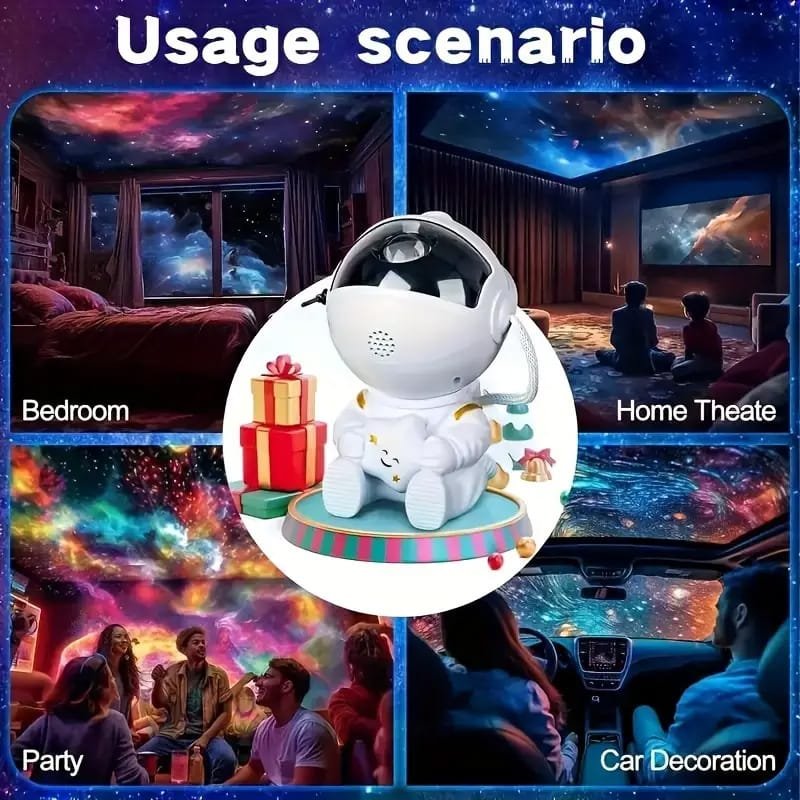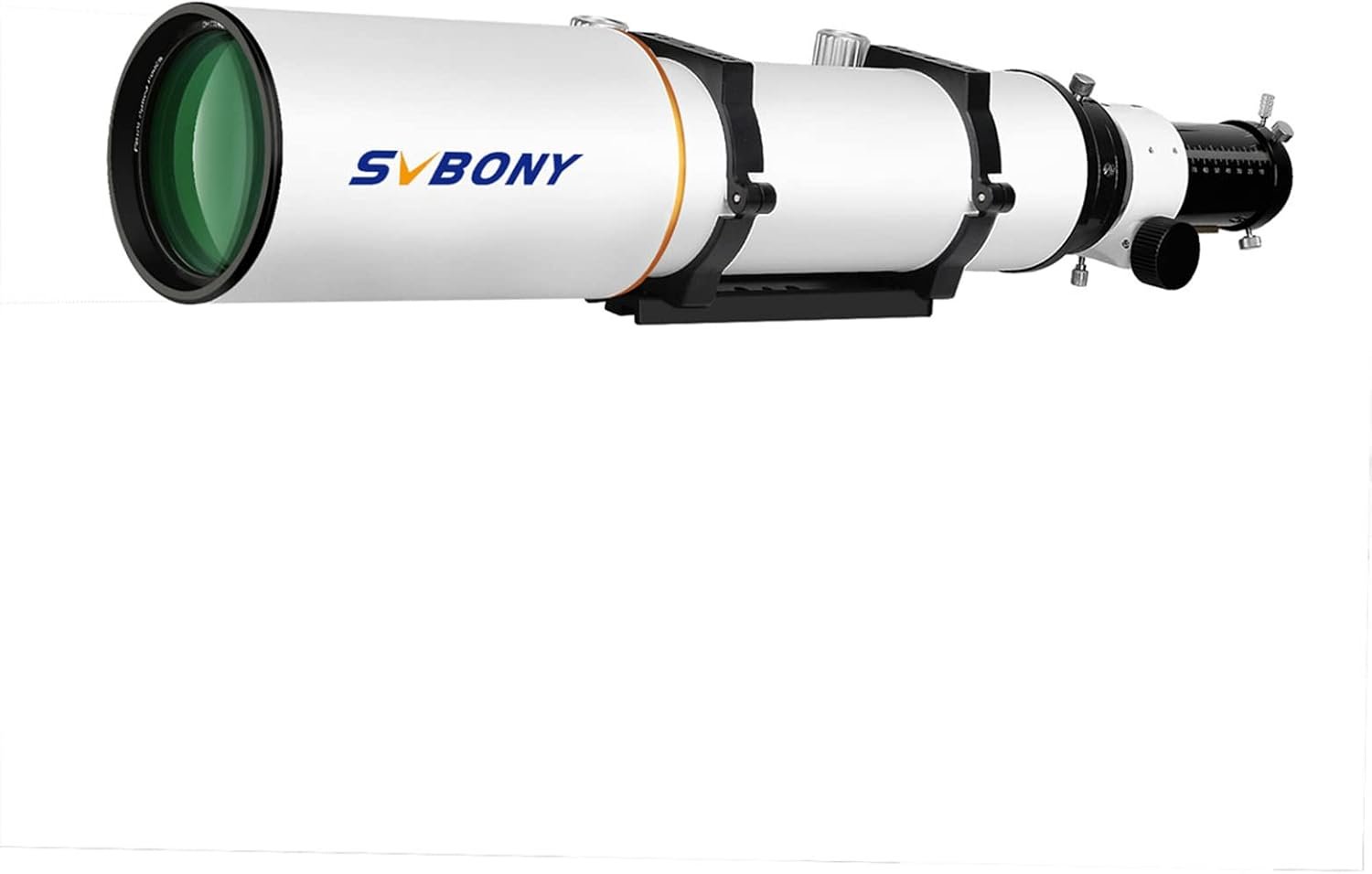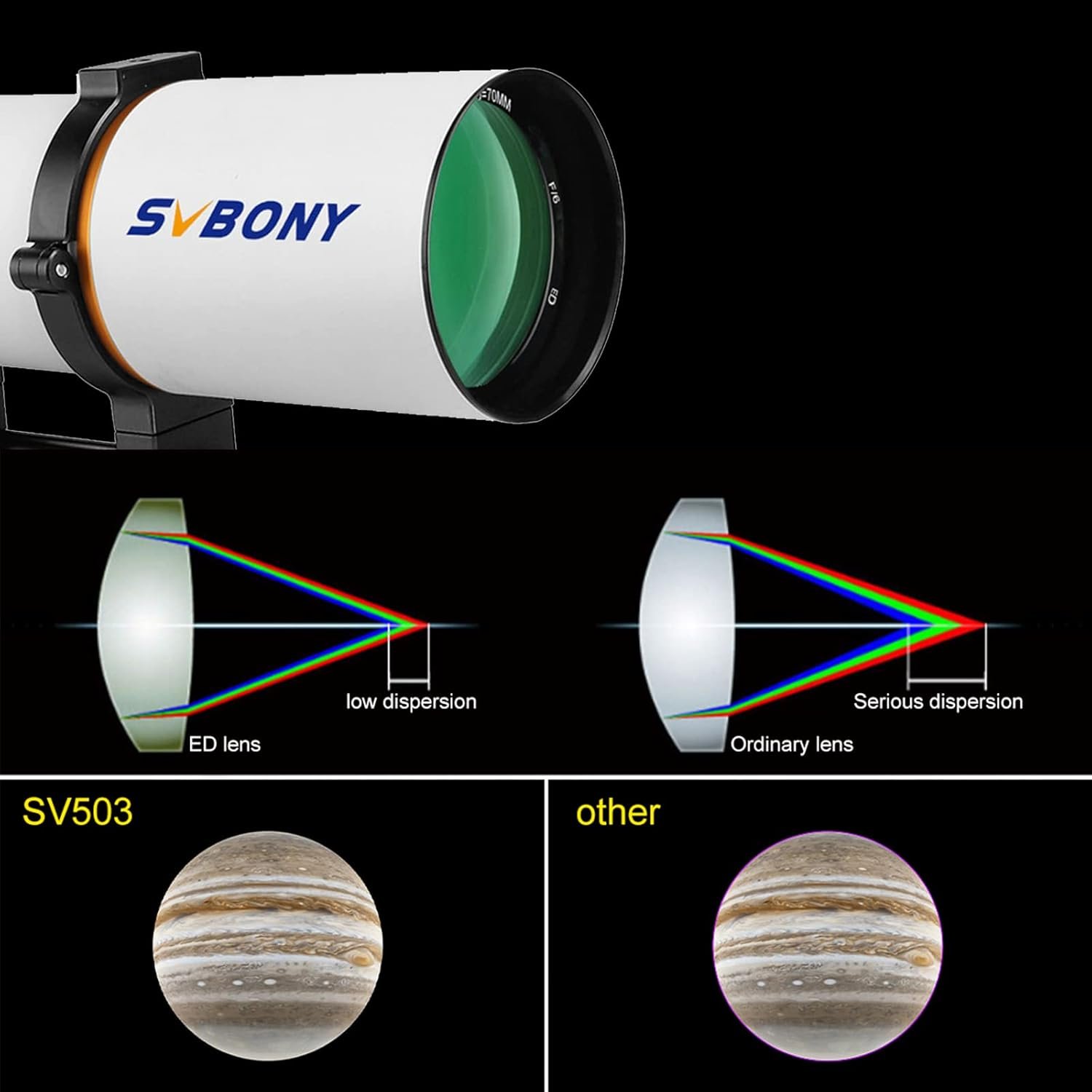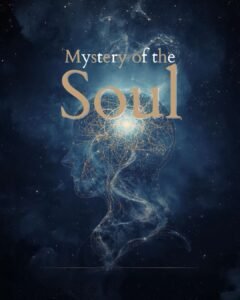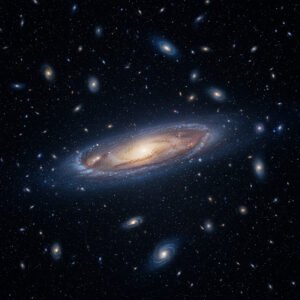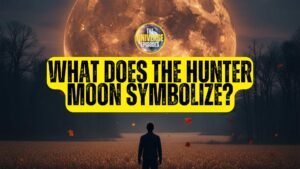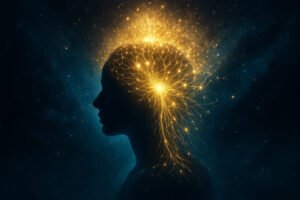Night sky drawing combines observation & creativity, featuring stars, moon, techniques, and tools for realism in various artistic styles.
Key Takeaways
- Night sky drawing combines observational skills with creative expression.
- Key elements include stars, moon, constellations, planets, Milky Way, comets, meteors, and aurorae.
- Techniques like dot methods, smudging, and atmospheric perspective enhance realism.
- Essential tools include various papers, pencils, erasers, smudgers, red flashlights, telescopes, and more.
- Different styles such as realistic, abstract, impressionistic, expressionistic, or surrealistic offer creative directions.
- Capturing mood relies on color choices, light sources, cloud representations, shadows, and emotional expression.
- Learning from famous artworks provides valuable insights into effective techniques.
Night Sky Drawing Free Download








































A Comprehensive Guide to Night Sky Drawing | Techniques, Elements, Tools, and Inspiration
Drawing the night sky is a captivating artistic endeavor that allows artists to capture the beauty, mystery, and wonder of the cosmos. This comprehensive guide will explore various aspects of night sky drawing, including techniques, essential elements, tools and materials, and sources of inspiration. By combining these elements, artists can create stunning representations of the night sky.
Essential Elements of Night Sky Drawings
To create a compelling night sky drawing, it’s crucial to include several key elements that capture the essence and beauty of the night sky:
Stars
Stars are the most fundamental element of any night sky drawing. They can be depicted as small pinpoints of light scattered across the canvas. The brightness and color of stars can vary, with some appearing white and others showing hints of blue or red depending on their temperature.
Moon
The Moon is a prominent feature in the night sky and can be depicted in various phases, from a crescent to a full moon. Its size and position can add depth and interest to the drawing. The Moon’s light can also create interesting shadows and highlights on other elements in the scene.
Constellations
Constellations are groups of stars that form recognizable patterns and are often associated with mythology and culture. Including constellations in your drawing can add a narrative element and help guide the viewer’s eye across the artwork.
Planets
Visible planets such as Venus, Mars, Jupiter, and Saturn can be included as bright points of light. They often appear larger and more luminous than stars and can add variety to the night sky.
Milky Way
The Milky Way is a band of light created by the collective glow of billions of distant stars. It can be depicted as a faint, cloudy band stretching across the sky, adding a sense of scale and wonder to the drawing.
Comets and Meteors
Occasionally, comets with visible tails or meteors streaking across the sky can be included to add dynamic elements and a sense of movement.
Aurorae
In drawings depicting polar regions, aurorae can be included as colorful, flowing lights in the sky, adding a magical quality to the scene.
By thoughtfully incorporating these elements, artists can create night sky drawings that are not only visually appealing but also rich in detail and meaning.
Techniques for Drawing the Night Sky
There are various techniques that artists can employ to create stunning night sky drawings:
Dot and Tick Method
This technique involves using dots and small ticks to texture the sky. It is a simple yet effective way to create the illusion of a starry night. By varying the density and direction of these marks, you can achieve different textures and depths.
Wavy Line Technique
Small wavy lines can be used to render the sky, with variations in size, density, and distribution to impart different feels to the night sky. This method allows for a more dynamic representation of the sky’s texture.
Negative Drawing
This involves drawing stars as black points against a lighter background. This technique is particularly useful for capturing the subtle details of deep-sky objects.
Smudging
Smudging is used to create soft transitions and gradients in the sky. This can be done with fingers or blending stumps to achieve a more realistic depiction of nebulous features.
Averted Vision Technique
When observing faint objects, using averted vision (looking slightly to the side) can help in capturing more detail, which can then be translated into your drawing.
Atmospheric Perspective
This technique involves using cooler tones for distant objects, which can appear hazy due to atmospheric scattering. This helps convey depth and realism in your night sky drawings.
Tools and Materials
To create effective night sky drawings, artists should consider using the following tools and materials:
Paper
Both black and white paper can be used. Black paper is often paired with white or pastel pencils to create a realistic representation of the night sky, while white paper can be used with black pencils.
Pencils
A range of pencils from HB to 6B for different shading effects is essential. Softer pencils like 4B are preferred for creating smooth shading and details.
Erasers
Pink, white, or grey erasers are useful for correcting mistakes and creating highlights.
Smudgers and Stumps
These tools help in blending pencil marks to achieve the faint look of galaxies and nebulae.
Red Flashlight
A red flashlight or headlamp is essential to preserve night vision while sketching. It allows you to see your work without affecting your ability to see faint objects in the sky.
Telescope or Binoculars
These are crucial for observing details in the night sky that are not visible to the naked eye. They help accurately capture positions and details of celestial objects.
Additional Tools
Consider using a clipboard for holding paper steady, pencil sharpener for keeping pencils sharp, and tape for securing your drawing surface.
Styles and Approaches
Artists can explore various styles and approaches when creating night sky drawings:
Realistic
This style aims to depict the night sky as accurately as possible, focusing on details such as stars, moon, and constellations.
Abstract
Abstract drawing allows for creative freedom, focusing on colors and shapes rather than literal appearance.
Impressionistic
This style captures fleeting effects of light and atmosphere using loose brushwork and vibrant colors.
Expressionistic
Expressionism emphasizes emotional experience over physical reality. Colors may be exaggerated to express feelings about the night sky.
Surrealistic
Surrealism combines realistic elements with dream-like imagery. This style might incorporate unexpected elements to create wonder.
Tips for Capturing Mood and Atmosphere
To effectively capture mood in your night sky drawings, consider these tips:
Color and Light
The choice of colors affects mood. Using cool gray tones creates a subdued atmosphere. If artificial light sources are present, they introduce warm tones.
Incorporating Stars and the Moon
Use scattered bright dots for stars. For the moon, consider its phase and add texture using shades of gray.
Clouds and Their Forms
At night, clouds are often less visible. Use colors close to the sky’s color with lighter shades if illuminated by moonlight.
Capturing Light and Shadows
Determine your light source (like moonlight) to create shadows on clouds and other elements.
Mood and Emotion
Interplay of light and shadow influences mood. Soft pastel colors create calmness; bold contrasts yield drama.
Using References
Always use references for accuracy. Observing real skies or studying photographs provides insights into light, color, and atmosphere.
Inspiration from Famous Artworks
Drawing inspiration from renowned artists enhances your night sky drawings:
- Vincent van Gogh’s “The Starry Night”: Known for its swirling depiction of the night sky.
- Adam Elsheimer’s “The Flight into Egypt”: Showcases detailed atmospheric depictions.
- Fredric Edwin Church’s “The Meteor of 1860”: Captures dynamic celestial events.
- Vija Celmins’ Night Sky Series: Focuses on intricate patterns of a starry sky.
By studying these artworks, artists can gain insights into different techniques, styles, and approaches for capturing the beauty of the night sky.


